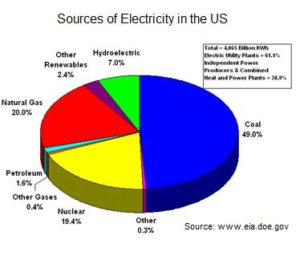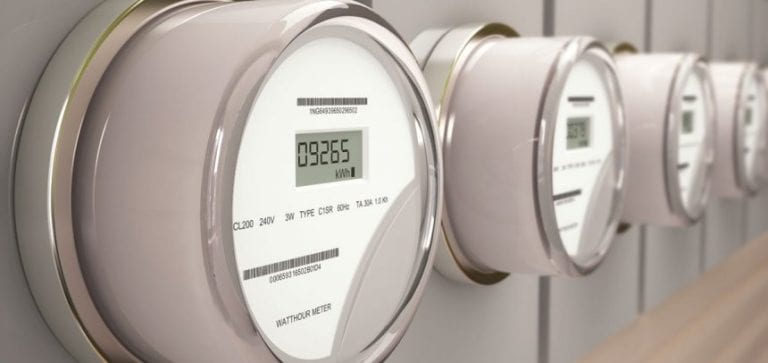Using Renewable Energy for a Change
As we learn more about the causes and effects of climate change, we see how complex the problem is. The depletion of our forests, particularly the rainforests of the Amazon, certainly reduces the earth’s capacity to naturally store the carbon from CO2 and produce the oxygen we breathe. Ironically, much of this land is being converted to grazing land for the 1.5 billion cattle populating the planet. These animals, along with their country cousins in the pig and poultry families, emit millions of tons of methane. Methane is a valuable renewable fuel if properly captured, but if released into the atmosphere, it’s a greenhouse gas that’s more than 20 times more potent than CO2. However, what’s getting most of the attention – and the focus of this article – is the impact of energy consumption on climate change.
 Our reliance on the combustion of fossil fuels has created an unsustainable production model, and the looming legislation on carbon cap & trade will have a significant impact on how we value and produce power. In the US alone, we consume almost four trillion kilowatt hours of electricity each year.
Our reliance on the combustion of fossil fuels has created an unsustainable production model, and the looming legislation on carbon cap & trade will have a significant impact on how we value and produce power. In the US alone, we consume almost four trillion kilowatt hours of electricity each year.
Most people think of electricity as a clean source of energy – and it is. However, the methods we use to generate electricity are far from clean. Coal, which is used to generate about half of our electricity in the US, is a primary source of CO2 emissions that cause global warming. In addition, there are a variety of other pollutants (including mercury, selenium and arsenic) that are harmful to human health and the environment. Nuclear energy, which accounts for about 20 percent of our electricity, has no carbon emissions, but the radioactive waste is dangerous and no one wants to store it in their “backyard.” Natural gas provides another 20 percent of our electric power, and burns much more cleanly than coal or oil. However, it still generates CO2 emissions, and the finite supply of this fossil fuel renders it a stop-gap solution only.
Beginning in the 1930’s, it became quite popular to tap into the clean, renewable energy of flowing water. We built massive dams to store this energy, and systematically released the water to produce electricity on demand. Unfortunately, our science at the time didn’t realize the impacts that this practice had on the environment – upstream and downstream. The flooding upstream had catastrophic consequences for the river life that preceded the man-made lakes. The tremendous flows downstream resulted in washed out riverbeds, which destroyed many of the natural ecosystems of the river. If it even occurred to anyone that salmon would no longer be able to swim upstream, it wasn’t compelling enough to stop the damming. Currently about 7 percent our power comes from hydroelectric sources.
Renewable energy, like solar and wind, produces less than 3 percent of our electric power. The growth of these energy sources is tremendous, with solar photovoltaic capacity increasing six-fold from 2004 to 2008. During the same timeframe, wind power increased by 250%. Biofuels cover a wide spectrum, but essentially is a process of extracting energy from plants, like producing ethanol from corn. Related to this, our landfills (and feedlots) generate methane gas that can be used to generate electricity. Geothermal energy uses the heat beneath the earth’s crust to drive steam-generated turbines. Finally, the power of moving water can be leveraged in the tides of the ocean, or with small-scale “micro” hydroelectric turbines.
The time for change is now. By investing heavily in this mix of renewable energy technologies, we can wean ourselves from fossil fuels, and create a cleaner, safer, healthier planet.


